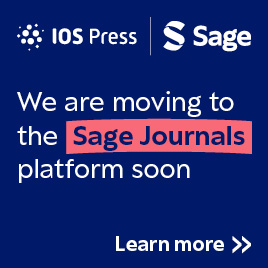Recovery of visual field defects: A large clinical observational study using vision restoration therapy
Abstract
Purpose: In small experimental trials, vision restoration therapy (VRT), a home-based rehabilitation method, has shown to enlarge the visual field and improve reaction times in patients with lesion involving the CNS. We now evaluated the outcome of VRT in a large sample of clinical patients and studied factors contributing to subjective and objective measures of visual field alterations.
Methods: Clinical observational analysis of visual fields of 302 patients before and after being treated with computer-based vision restoration therapy for a period of 6 months at eight clinical centers in central Europe. The visual field defects were due to ischemia, hemorrhage, head trauma, tumor removal or anterior ischemic optic neuropathy. Primary outcome measure was a visual field assessment with super-threshold perimetry. Additionally, conventional near-threshold perimetry, eye movements and subjective reports of daily life activities were assessed in a subset of the patients.
Results: VRT improved patients' ability to detect super-threshold stimuli in the previously deficient area of the visual field by 17.2% and these detection gains were not significantly correlated with eye movements. Notable improvements were seen in 70.9% of the patients. Efficacy was independent of lesion age and etiology, but patients with larger areas of residual vision at baseline and patients > 65 years old benefited most. Conventional perimetry validated visual field enlargements and patient testimonials confirmed the improvement in every day visual functions.
Conclusions: VRT improves visual functions in a large clinical sample of patients with visual field defects involving the CNS, confirming former experimental studies.




